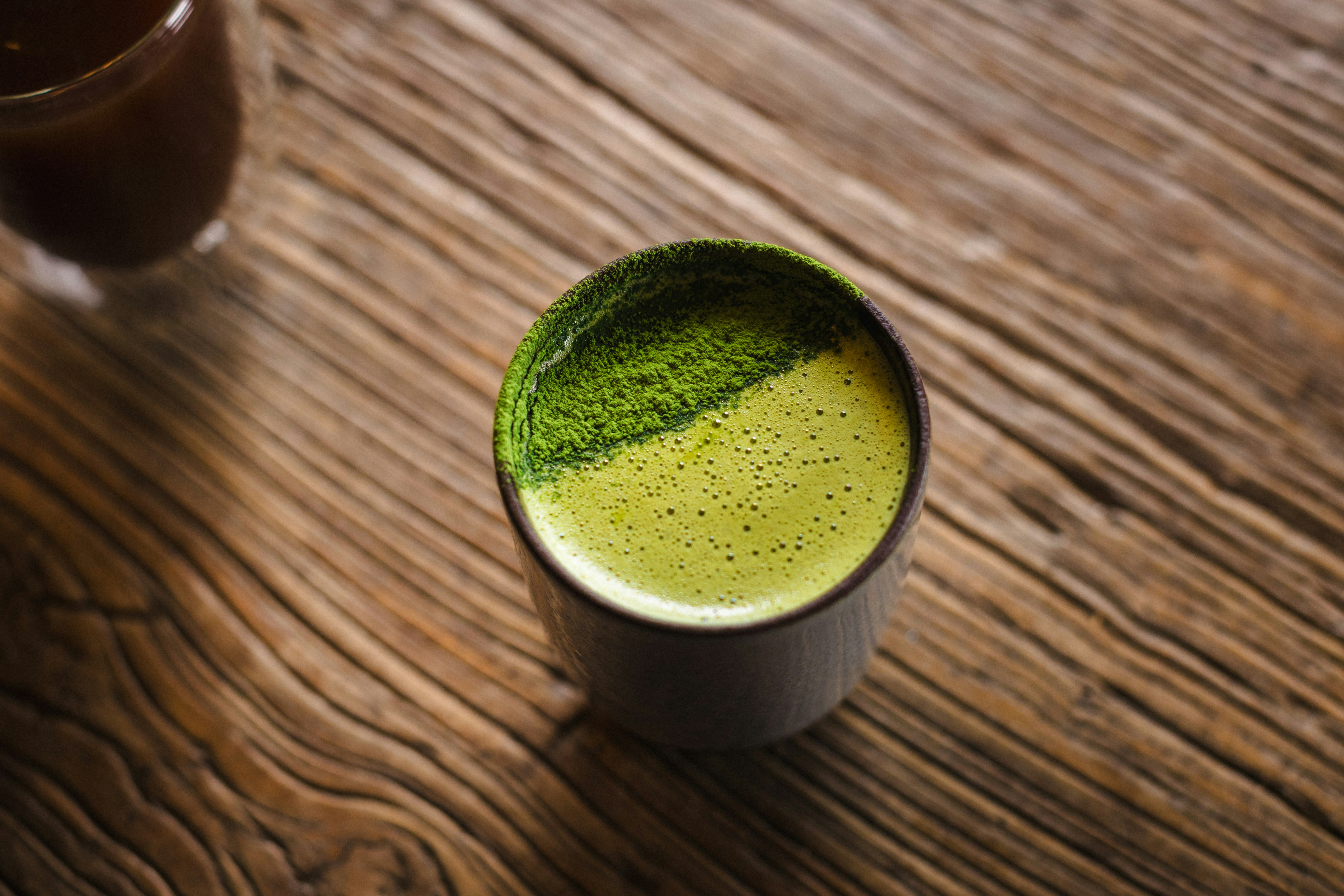Introduction to Mindfulness and Energy Management
In today’s fast-paced world, the pursuit of sustained energy often leads individuals to quick fixes like caffeine or sugary snacks. While these provide temporary boosts, they frequently result in energy crashes, leaving one feeling depleted and unfocused. Mindfulness, a mental practice emphasizing present moment awareness without judgment, offers a gentler, more sustainable path to energy management. By cultivating awareness of thoughts, feelings, and physical sensations, mindfulness empowers individuals to recognize their energy patterns, optimize daily activities, and achieve a balanced, energized lifestyle. Techniques such as meditation, deep breathing, and mindful movement cultivate a consistent flow of vitality throughout the day, avoiding dramatic energy spikes and dips.
Reflect on your personal experiences with energy fluctuations. How often do you resort to caffeine to combat afternoon fatigue? Mindfulness encourages pausing and reflecting on the root causes of these energy shifts. By observing your mental and emotional state, you can determine if external factors or lifestyle choices are influencing your energy levels. This self-exploration deepens your understanding of your energy dynamics and paves the way for integrating mindfulness practices into your daily routine, promoting well-being and consistent energy.
Understanding Energy: The Interplay of Mind and Body
Energy, often viewed as a purely physical attribute, is deeply intertwined with our mental states. The mind-body connection plays a pivotal role in determining overall energy levels, evident in how stress, anxiety, and distractions impact our daily lives. Studies consistently demonstrate that mental stressors affect not only psychological well-being but also physical energy. Prolonged anxiety, for example, triggers a stress response, increasing heart rate and tension, ultimately depleting energy reserves.
Mindfulness, the practice of present moment awareness without judgment, profoundly influences our energy. It enables individuals to address stressors with clarity, recognizing distractions and anxieties as they arise and providing space for constructive responses. This awareness mitigates the negative impact of these mental states on physical energy, creating a positive feedback loop that supports overall vitality.
Consider the scenario of feeling exhausted after a day of stressful interactions despite minimal physical exertion. Conversely, incorporating mindfulness techniques like deep breathing or meditation during stressful moments can rejuvenate energy. Individuals who regularly practice mindfulness report higher energy levels and reduced burnout. Nurturing the mind through mindfulness enhances mental clarity and fortifies physical energy, demonstrating the inseparable link between mental and physical vigor. Understanding this mind-body connection empowers individuals to utilize mindfulness for sustained energy.
Integrating Mindfulness into Daily Life for Enhanced Energy
Integrating mindfulness into daily life significantly enhances energy levels without the crashes associated with bursts of activity. Mindful breathing, a simple yet powerful practice, involves focusing on the breath to anchor attention and cultivate calm. Practicing mindful breathing for even a few minutes daily reduces stress, increases mental clarity, and noticeably boosts energy.
Meditation offers another avenue for enhancing energy. Setting aside time for daily meditation fosters mental clarity and emotional resilience, leading to increased energy throughout the day. One individual reported improved focus and productivity after incorporating just ten minutes of morning meditation, resulting in reduced fatigue.
Conscious movement, such as yoga or tai chi, strengthens the mind-body connection, releasing tension and promoting relaxation. Regular engagement in these practices rejuvenates the body, clears mental fog, and enhances alertness. A busy professional described how incorporating a short daily yoga session transformed their energy levels and approach to challenges.
By weaving mindful practices like breathing exercises, meditation, and conscious movement into daily life, individuals experience a natural and sustainable increase in energy, navigating life with greater ease and presence.
Mindfulness Techniques for Sustained Energy: Body Scan and Mindful Walking
Specific mindfulness techniques effectively enhance energy levels without the risk of crashes by promoting awareness and presence. The body scan encourages connection with physical sensations, fostering relaxation and rejuvenation. To perform a body scan, find a comfortable position, close your eyes, and breathe deeply. Focus attention on your feet, noticing any tension or discomfort. Gradually move your awareness upward through your body, acknowledging tightness and breathing into those areas to release tension. A 10-15 minute body scan can leave you feeling more energized and less stressed.
Mindful walking involves focusing on the sensations of walking and the surrounding environment. Choose a quiet pathway and pay attention to the contact of your feet with the ground, the movement of your legs, and the rhythm of your breath. Observe the sights, sounds, and smells around you, immersing yourself in the present moment. A 20-30 minute mindful walk clears mental fog, invigorates the body, enhances mental clarity, improves focus, and boosts productivity.
Incorporating body scans and mindful walking into your daily routine cultivates a sustainable and empowering energy source, enabling you to navigate daily demands with renewed vitality.
Tea and Mindfulness: A Synergistic Pairing for Enhanced Energy and Awareness
Tea has long been a companion to mindfulness practices, creating an environment conducive to cultivating awareness and enhancing energy. Different teas offer unique calming and uplifting properties. Green tea, rich in L-theanine, promotes relaxation without drowsiness, while its gentle caffeine content provides a sustained energy boost ideal for focused mindfulness exercises.
Herbal blends further enrich the mindfulness experience. Chamomile tea soothes and prepares the mind for meditation or reflection. Peppermint tea invigorates the senses and enhances concentration, energizing mindfulness sessions. White tea, with its delicate flavor and antioxidants, offers a subtle lift without overstimulation, promoting serenity and contemplation.
Tea rituals can enhance mindfulness practices. Preparing tea mindfully—focusing on the sound of boiling water, the aroma of tea leaves, and the warmth of the cup—becomes a meditative experience in itself. Tea ceremonies, where each step is performed with intention, exemplify how tea can catalyze reflection and inner calm.
Integrating tea into mindfulness practices elevates the sensory experience and fosters a connection to the present moment, energizing and uplifting the spirit throughout the day.
Mindfulness Breaks: Recharging Throughout the Day
Incorporating mindfulness breaks into your daily routine enhances energy levels without the crashes associated with quick fixes. These breaks reset focus and rejuvenate the spirit. Schedule specific times, perhaps during morning or afternoon lulls, to engage in mindful practices. Short meditation sessions, even five minutes of sitting in silence focusing on your breath, can center the mind and restore vigor, calming thoughts and maintaining mental clarity.
Mindful stretching releases tension accumulated from prolonged sitting. Take two-minute breaks every hour to perform gentle stretches, paying attention to your body’s sensations to promote awareness and relaxation. This increases circulation, reduces muscle stiffness, and revitalizes the body.
Sipping tea mindfully during breaks offers a calming yet invigorating experience. Find a quiet corner, brew your favorite tea, and savor each sip, focusing on the warmth of the cup, the aroma, and the taste. This sensory experience instills a refreshing perspective, allowing you to return to tasks with renewed energy. Implementing these strategies creates effective and restorative breaks, enhancing productivity and overall well-being.
The Science Behind Mindfulness and Energy Enhancement: Brain Activity, Stress Reduction, and Sleep Quality
Mindfulness, the practice of moment-by-moment awareness, has attracted scientific interest for its impact on energy and well-being. Research demonstrates that mindfulness practices alter brain activity, increasing energy levels and improving cognitive functions. A Harvard University study revealed that mindfulness meditation increased gray matter density in brain regions associated with emotional regulation, stress reduction, and cognitive processing, suggesting a mechanism for enhanced energy through improved mental clarity and emotional resilience.
A meta-analysis in *Health Psychology Review* confirmed that mindfulness reduces stress responses, which deplete energy. By managing stress effectively, individuals experience increased vitality and reduced fatigue. Mindfulness lowers cortisol levels, a stress hormone linked to exhaustion.
Mindfulness also improves sleep quality, crucial for energy management. *The Journal of Occupational Health Psychology* reported that mindfulness practitioners experience higher sleep quality and fewer disturbances, leading to better energy levels during waking hours. This interplay between mindfulness, improved sleep, and enhanced energy illustrates its holistic benefits, supporting a sustainable and invigorated lifestyle.
Personal Transformations: Stories of Enhanced Energy Through Mindfulness
Mindfulness has transformed energy levels and stress management for many individuals. Jessica, a corporate employee and mother of two, often felt exhausted juggling work and family responsibilities. After incorporating mindful breathing and meditation into her routine, she experienced significantly less fatigue, greater presence during work meetings, and more energetic engagement with her children.
Marcus, a college student overwhelmed by academic pressure, struggled with concentration and relied on caffeine. After experimenting with mindfulness techniques like guided visualization and body scans, he became more focused, less reliant on stimulants, experienced improved concentration and calmness, and enjoyed better sleep, leading to enhanced energy levels.
Sarah, a yoga instructor, used mindfulness to combat burnout from teaching long hours. By cultivating mindfulness, she learned to set boundaries and prioritize self-care, feeling revitalized during her classes. These personal transformations demonstrate mindfulness‘s profound impact on energy management. By choosing presence and intentionality, these individuals improved their energy and overall quality of life, inspiring those facing energy challenges.
Conclusion: Embracing Mindfulness for Sustainable Energy and a Vibrant Life
This exploration of mindfulness and energy has highlighted the importance of understanding individual energy patterns. Recognizing these patterns allows for tailoring daily routines to optimize energy reserves. By observing energy fluctuations, individuals can strategically integrate mindfulness practices to manage these variations, creating a balanced and energized life.
Mindfulness is a lifestyle approach fostering awareness of mental, emotional, and physical states. Incorporating simple techniques like deep breathing, meditation, or moments of stillness cultivates a sustainable energy lifestyle. These practices promote presence, reduce stress, and improve energy management, offering a holistic alternative to quick fixes like caffeine or sugar.
As you reflect on these insights, consider incorporating mindfulness into your daily routine, starting with brief periods and gradually increasing duration. Document your experiences and observe how your energy responds to these practices. Share your experiences, thoughts, and techniques with others to build a community dedicated to mindful energy management. Your mindfulness journey can lead to profound insights and a more energized life.








Leave a Reply